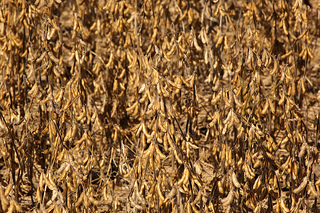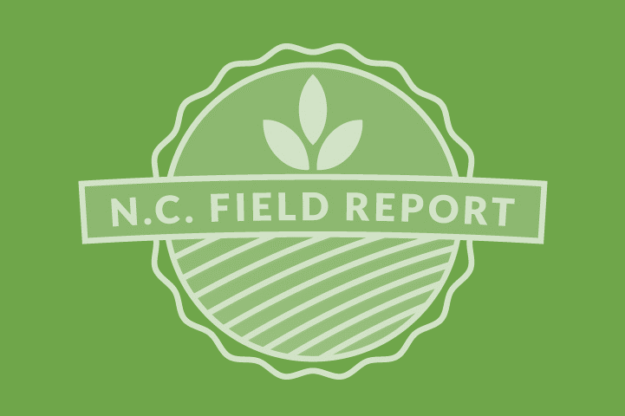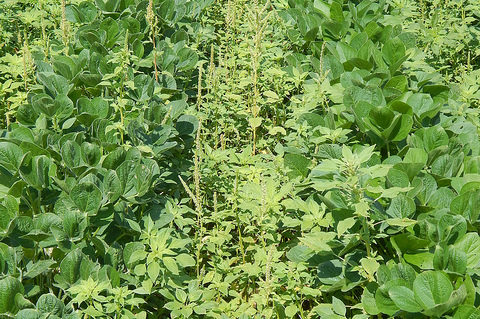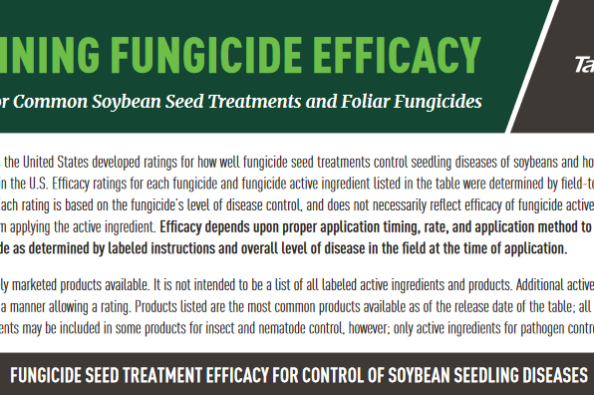How to Handle Flooded Grain
As flood waters begin to recede and you are able to get back in flooded fields and assess damage to crops the question of “how bad do my soybeans look” and “do I have to harvest my flooded soybeans” will be on a lot of minds. The first step will be to document everything. This…
Details











